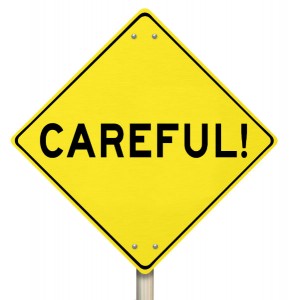When you’re new to fireplace or stove ownership, there are a few key things that you’ll need to learn straight away. One of those things: proper burning practices, like using only seasoned or kiln-dried firewood in your wood-burning appliance, and making sure your damper is completely open before you start a fire. Another: the need for regular maintenance — including annual chimney inspection and chimney sweeping appointments — to keep your system running efficiently and effectively. And along with those basics, you’ll want to know why you’re doing all that.
The answer to the latter, in a lot of cases, is creosote. If you’re not familiar with creosote, using a hearth appliance quickly makes you become familiar with it — it’s a constant part of using a wood-burning appliance. Want to know more? Here’s a quick creosote F.A.Q.
How Do I Know If There’s Creosote In My Chimney?

Ignoring annual chimney cleanings and inspections can be dangerous to your home and your family. Let us help you minimize your risks.
Unlike some other byproducts of combustion — like colorless and odorless carbon monoxide — creosote makes itself known. You may smell a smoky odor coming from your chimney that indicates creosote’s presence, or you might see creosote deposits around your flue opening. Depending on the level of creosote you have (levels 1, 2 an 3 are how hearth professionals categorize the progression of creosote residue), it might look powdery and velvety, crunchy and flaky, thick and drippy or hard and shiny, in colors ranging from brown to black.
But really, here’s the underlying truth about whether or not there’s creosote in your chimney: If you’ve been burning wood in your fireplace or stove, there’s creosote in your chimney. Its development is a natural part of burning wood. The combustion of wood creates a mix of byproducts — including smoke, small particles, tar fog and gases — that rise up the chimney and meet the cooler flue walls, condensing into a liquid. That liquid residue is creosote, and it layers and thickens over time and with use of your appliance.
Can I Stop Creosote From Forming?
You can’t prevent creosote development, but you can use some smart burning practices to limit its build-up. They include the ones we mentioned above — using properly dried wood, and opening your damper completely. Those practices help you develop a fire that’s burning hot enough to encourage proper draft and effective venting.
If Creosote Is So Common, Why Do I Need To Be Concerned About It?
Excessive creosote brings a grab bag of problems along with it. First, there’s the fact that creosote is highly combustible — so the more creosote is lining your flue, the higher the chances of a fire hazard become.
Creosote can also affect your chimney’s ability to vent effectively — if it thickens considerably on your flue walls, it can minimize your chimney’s draft, or even block your flue.
How Do I Get Rid Of Creosote?
On your end, all you need to do to ensure proper creosote removal is to give Ashbusters Chimney Service a call and schedule a chimney sweeping appointment. Our CSIA-certified sweeps use specially designed brushes and tools and a vacuum system with a triple layer HEPA filter to make sure that your flue walls are free of creosote, and your home is free of dust. When professional chimney sweeping is done annually, you can expect your chimney to vent better, longer — and you can rest easy knowing that you’re not leaving a potential fire hazard uncorrected.
If you have any questions about creosote — or want to schedule a chimney sweeping appointment — give Ashbusters a call. We’d love to help you enjoy a clean and well-performing chimney!
